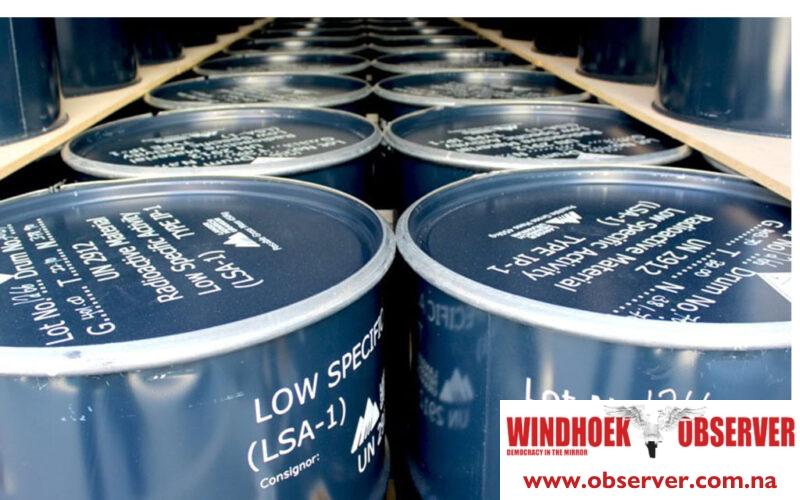CHAMWE KAIRA
Paladin Energy says the return of the Langer Heinrich Mine (LHM) to production was a major milestone on Paladin’s pathway to becoming a globally significant independent uranium producer.
The LHM Restart Project achieved an outstanding performance in safety, with over 2.5 million hours worked with no serious injuries or reportable environmental incidents.
The ongoing operations of the LHM are in the hands of a full-time local workforce of over 460 people, with a combination of employees and locally sourced mining contractors.
According to Paladin, mining operations should resume in 2026, ahead of a nameplate production goal of six million pounds of uranium oxide per year.
“We are committed to developing local communities and capabilities, with 98% local employees at the LHM in Namibia, and 99% of the LHM employees and mining contractors reside locally. The LHM Restart Project contributed significantly to the local economy, with US$61 million spent on the purchase of goods and services from local and regional businesses and organisations during 2024.”
Globally, the company said geopolitical uncertainty and shifts in the nuclear supply chain have continued to develop during 2024.
“As a result of the continued Russia-Ukraine conflict, some Western utilities have “self-sanctioned” and are no longer contracting for Russian nuclear fuel supply,” Paladin said.
The US passed legislation in May to codify the Russian uranium ban into law, prohibiting the importation of Russian uranium from September.
The US Department of Energy administers a comprehensive waiver process to import nuclear fuel into the US from Russia.
Under the law, the waiver provision will fully terminate in 2028, and all imports of Russian uranium to the US will cease.
It added that geopolitical events in Niger over the last year have also disrupted supply that was previously provided to western markets.
“These events have highlighted the concentrated nature of uranium supply and further accentuated the projected uranium supply deficit over the coming years. Keen to mitigate supply risk, utilities are taking steps to diversify the mix of uranium suppliers with a geographically diverse supply from stable jurisdictions,” the company said.
The future of nuclear energy was endorsed by more than 20 countries from four continents as the Declaration to Triple Nuclear Energy (the Declaration) was launched during COP284.
“The Declaration’s pledge to triple nuclear power capacity demonstrates the strong uranium demand that is being driven by global decarbonisation,” Paladin said.




